Sonic Revealing Maestro – Final Audio A8000 Summit-Fi IEMs
Final A8000 is the Summit-Fi release from Final Audio, an IEM costing over 2000 GBP, so it will compete with the absolute best, like the Clear Tune Monitors Da Vinci X, FiiO FA9, Campfire Atlas, Dita Fidelity, and Lime Ears Model X, all of which are similar in price, but none quite as pricey as Final A8000 except for Da Vinci X, which is even more expensive.
It will also get paired with the best DAPs I reviewed to date, so pairings with FiiO M11 PRO, iBasso DX220 MAX, QLS QA361, Mytek Brooklyn DAC+, and even FiiO BTR5 will be included in the review.
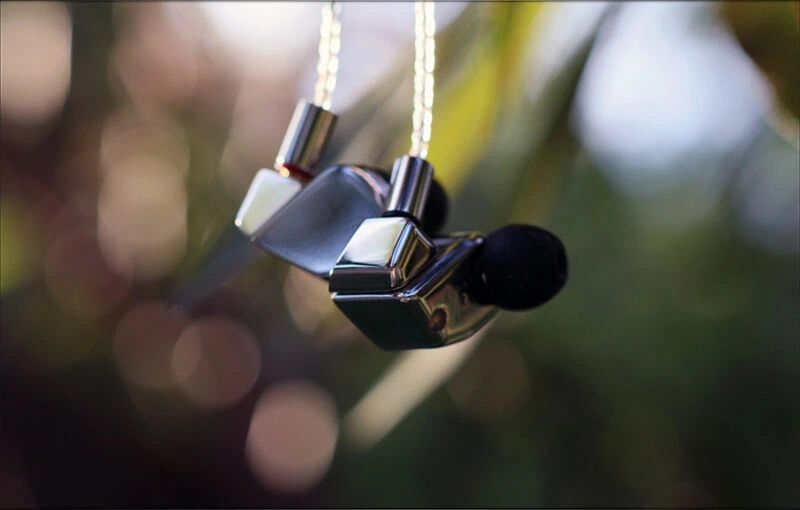
Introduction
Final Audio is a large company from Japan, making their best Hifi products. Japanese folks love high-end audio, and they love music for sure, a large part of my favorite songs being sung by Japanese artists. Final Audio decided to pursue the ultimate with their Final A8000, and instead of making just another IEM, they put in all their best technology inside this one, trying to make it their best. Final Audio is a company that offers excellent support and it is always a great experience to purchase something from them.
That being said, it should be noted that I have absolutely no affiliation with Final Audio. I’d like to thank Final Audio for providing the sample for this review. Every opinion expressed is mine and I stand by it, the purpose of this review is to help those interested in Final Audio A8000 find their next music companion.
Product Link
You can always get your Final A8000 IEMs from www.amazon.com here: https://www.amazon.com/s/ref=as_li_ss_tl?k=Final+Audio+Design
Packaging
First things first, let’s get the packaging out of the way:
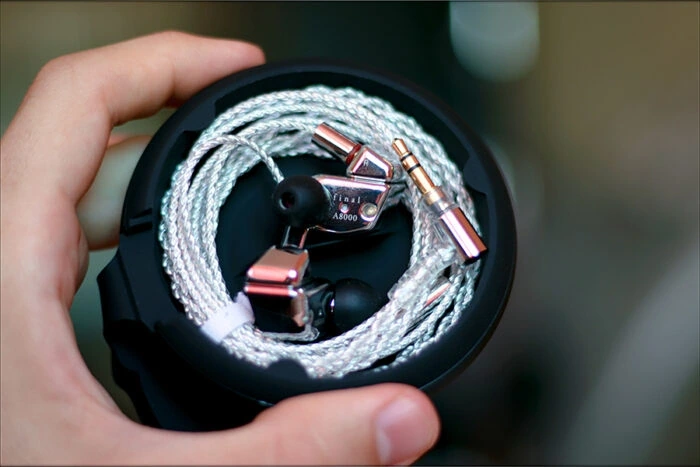
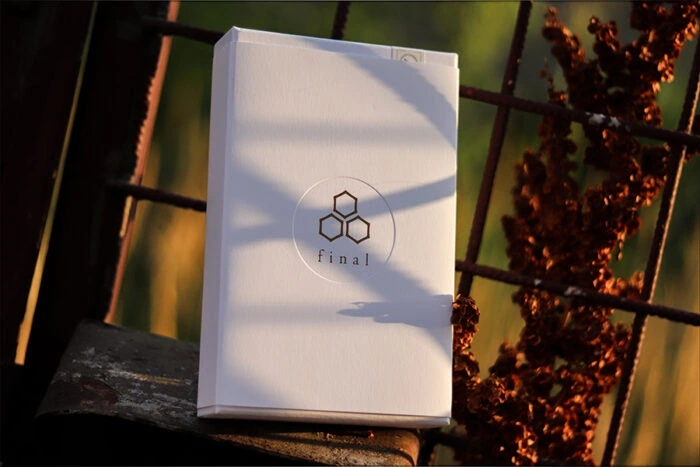
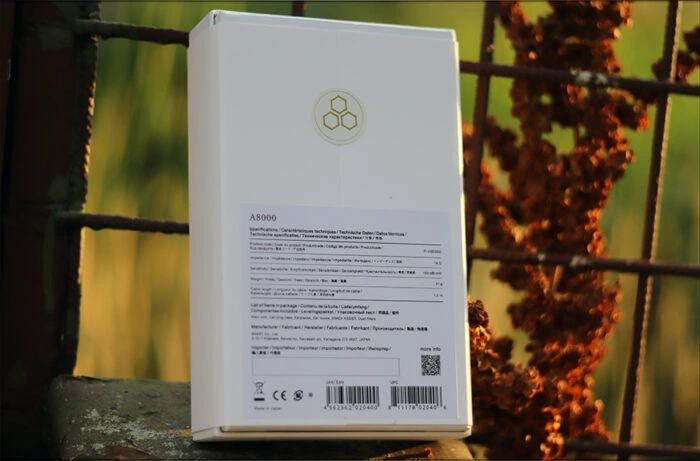
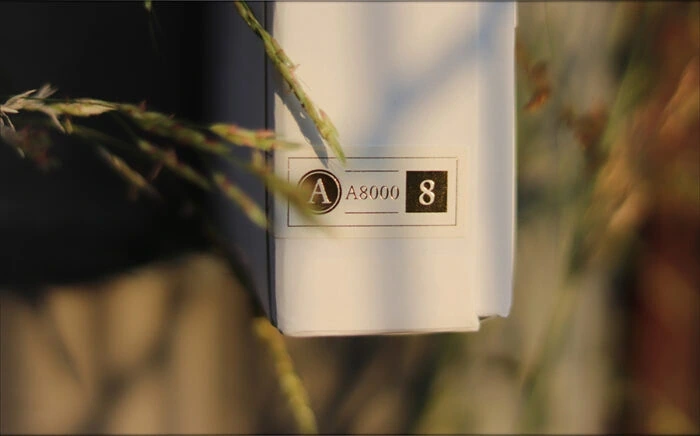
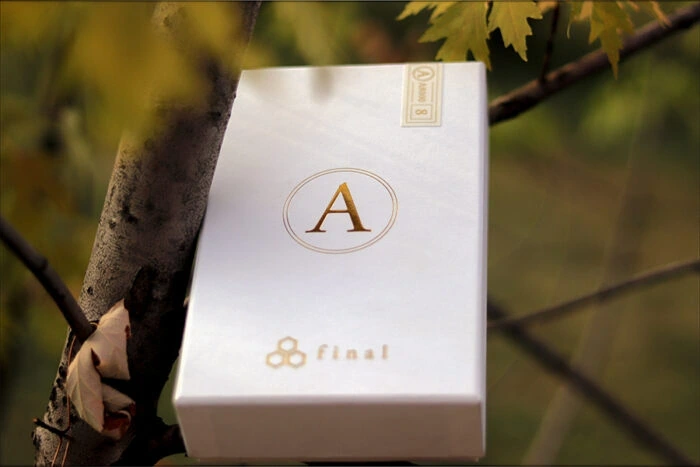
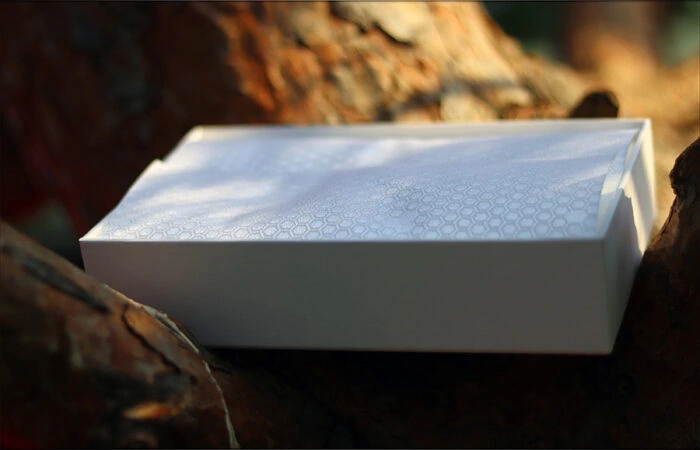
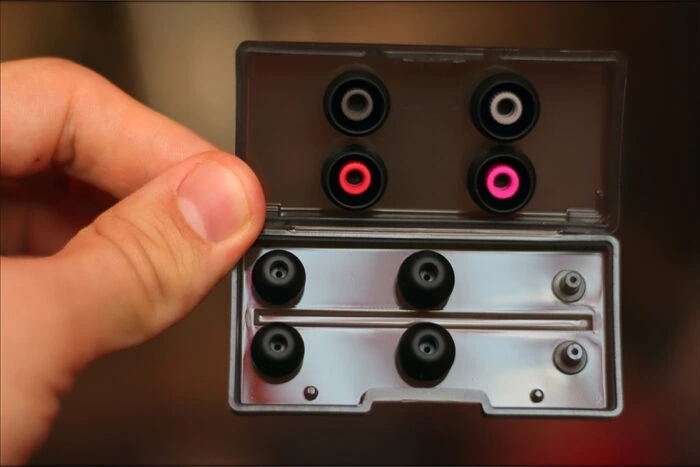
Final A8000 comes with Final Audio’s Traditional Package, with their Final Tips (we should never forget that they are the company who created the Final Tips in the first place).
There’s also a fully metallic carrying case included with A8000, as well as ear guides, some sponge to protect the IEMs, and an MMCX remover tool that will help you remove the cable, if you decide to upgrade it.
Youtube Videos
First Impressions
In-depth video review after I spent a few months with A8000
Build Quality/Aesthetics/Fit/Comfort
Final A8000 is made of metal, and has a modern / elegant design, but the comfort is actually excellent. There’s a Single Dynamic Driver inside, and Final Audio has been exceptionally transparent with information about A8000, inner design and all of the tech that goes in.
This is because no one can copy their tech, as long as the drivers are proprietary, and any company that supplements lack of specific tech with BA drivers will fail to achieve the same sound as A8000, since the larger the number of drivers, the higher the group delay, distortion and overall incoherency is.
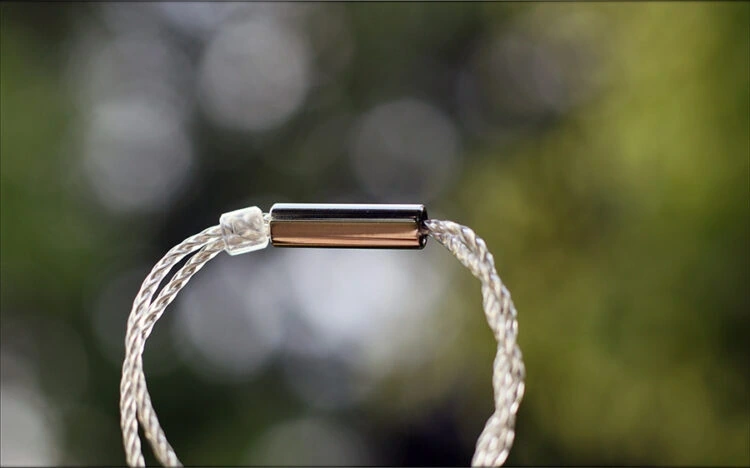
The cable MMCX connector is extremely tight, and this is why a plastic tool to remove the cable is included in the package. This is because the quality of the connector is the best I ever touched, and Final invested quite a bit in creating A8000 to be perfect.
With an impedance of just 16 OHM, A8000 is slightly sensitive to hiss, and with a sensitivity of 102dB, it is slightly hard to drive, and you need to push most portables a bit to drive them well. A smartphone won’t do them justice, and I really recommend a high-end source to be able to fully enjoy A8000.
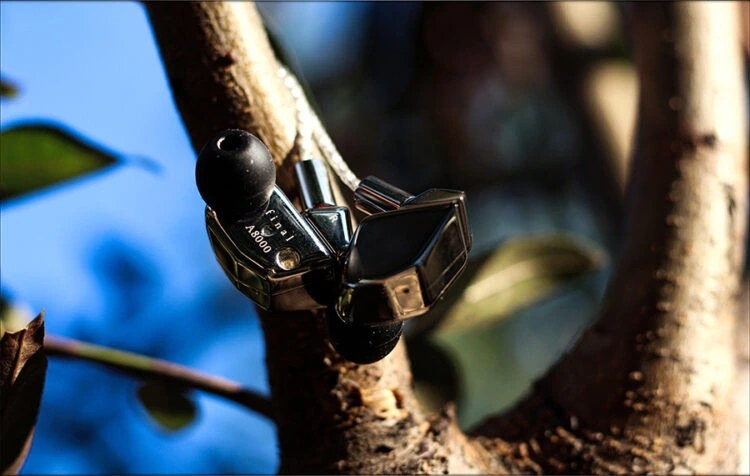
The cable is an OFC Silver Coated Cable, drawing from the advantages of both Silver and Copper. The name of the model is FI-A8DSSD, indicating that they are a Final Audio product, with A8 being the name and DSSD meaning a Dynamic Stainless Steel Design. The inner IEM has four chambers to accommodate the driver, and to create the sound, Final Audio having invested huge amounts in designing this gem to be acoustically perfect.
There’s a Left and a Right indicator on the IEMs, and the cables, and they feature a vent, so there is no driver flex, and thanks to the cables being over-the-ear, you never hear any microphonics either.
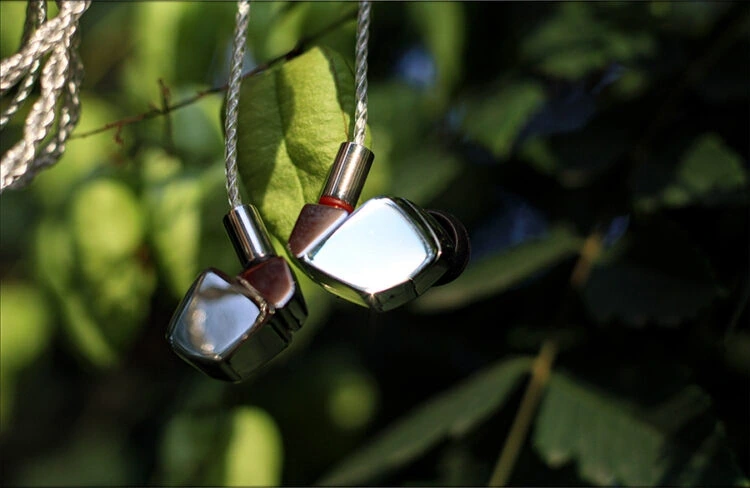
I really loved the overall fit / comfort, and somehow they beat most competitors, like Model X from Lime Ears, and CTM Clear Tune Monitors X, or HIFIMAN RE2000. Final Tips are also great for comfort, and I never felt the need to switch them.
With A8000, it is normal to notice some burn in, it sounds a bit better after a while, with smoother presentations of details, a larger soundstage, and after a few hours it becomes much more open in general.
Sound Quality
I offered Final A8000 a few months of usage before making this full in-depth review, because for a flagship this expensive, you’d want to know how it holds to usage, not just how it sounds. I also made sure it has at least 300 hours of burn-in, so that I both got used enough to their sound to remove the initial “Wow” effect, but also to make sure every component is running to its maximum potential.
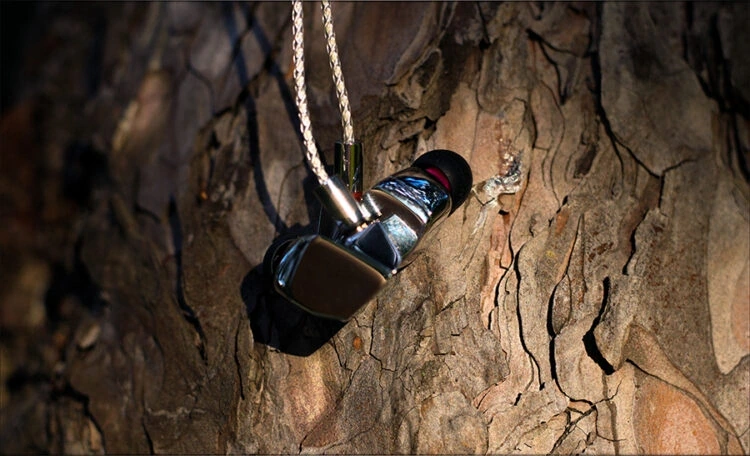
For the sonic impressions part of this review, I used FiiO M11, FiiO BTR5, iBasso DX220 MAX, FiiO M3 PRO, Lotoo Paw S1, and iBasso DX160. I noticed that A8000 is really easy to reveal the source, and it really favors a better source, and you will hear the improvement in detail between using DX160 and DX220MAX. Furthermore, they prefer a slightly warm and natural source over an analytical one, so they liked FiiO BTR5 more than FiiO M3 PRO, and sounded at their absolute best with DX220 MAX during those tests. A/B switching and Volume Matching was used to remove any bias and to be able to bring you the best description of A8000’s sonic performance.
The sound of A8000 can be described as extremely detailed, slightly bright and analytical, open, extremely well imaged / separated, with one of the most impressive layerings I heard to date, excellent dynamics, excellent punch, and a crazy good treble extension.
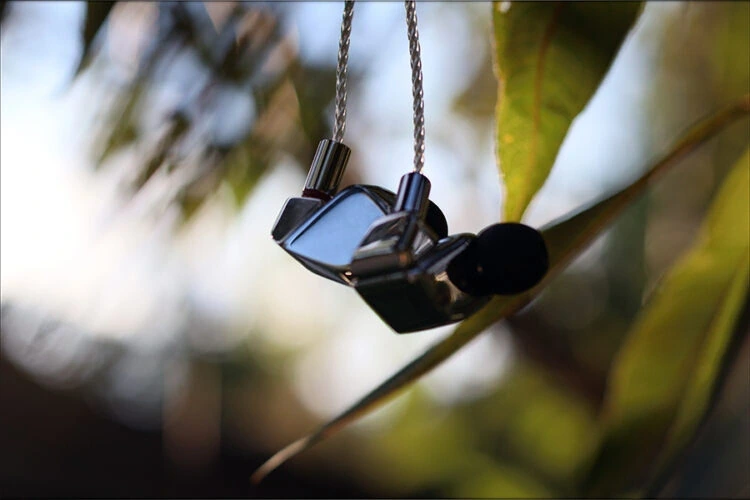
The bass of A8000 is extremely quick, deep, and reaches the lowest octaves with ease. It is never the type of bass that makes you think it is the central point of their sound, and it tends to be above the midrange, while the treble is slightly elevated above both. The bass can define and reveal every fine nuance between instruments, emotion, and is incredibly vivid. Listening to older rock, or even newer one is a total delight, especially with bands that rely a bit on bass guitars. Jazz and Classical are also a delight with A8000, and at every single moment I was listening to them I thought to myself, that this is how a really high-quality bass should sound like.
Although the mid / upper bass is recessed compared to the lower and the sub-bass, the lower midrange doesn’t lack body, and you can hear an excellent presentation of both male and female voices. This being said, A8000 has a really liquid presentation of details, and has zero grain, so it works really well with sadder songs rather than happy ones. Emotion is transmitted in a crazy specific way, every part of a song has the artist’s feelings presented to you. You can hear micro-details in a way that’s insane, and even short pauses, breathing, everything about the way an artists interprets a song is there, every one of those details makes you realise how much information is actually there, and once you close your eyes, you can hear and even see what the artist felt while singing that song, you’re there, and you’re at the risk of getting so caught that you won’t ever notice the time passing by.
On this note, thanks to their dynamics, detail, clarity and punch, I was able to enjoy music at moderate volumes, and it was quite often that I started listening to A8000 late at night and I couldn’t stop, I would just explore my music, discovering new things in songs I’ve known for a while, or discovering new music, with A8000 being my guide and showing me everything I needed to know about my music collection.
The treble is the most exciting part of A8000, with the upper treble having a good amount of sparkle and excitement, an extreme extension and somehow managing to not bother. It has a strong treble for sure, but somehow A8000 has a liquid presentation of it, so it is slightly splashy and soft, making it detailed, yet never harsh or sibilant.
The sound tends to favor Hifi experiences a bit, with really well recorded music sounding the best, but I was able to enjoy old rock, metal, pop, EDM, Dubstep, Jazz, and even Rap with A8000. Despite them not being made universal, for me listening to them has been universally enjoyable.
Comparisons
The main comparison list includes FiiO FA9, Lime Ears Model X, Campfire Atlas, Dita Fidelity and Clear Tune Monitors CTM X. Those all are flagships and reach Summit-Fi in some ways.
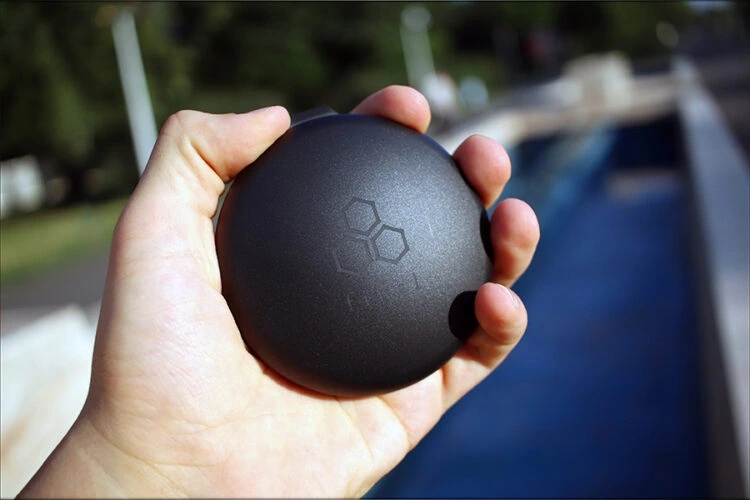
The main reason it took me so long to post this review is that comparing all of those, and getting careful notes has been quite hard, and as I want to give you a very certain impression, I like to think it has been worth the wait!
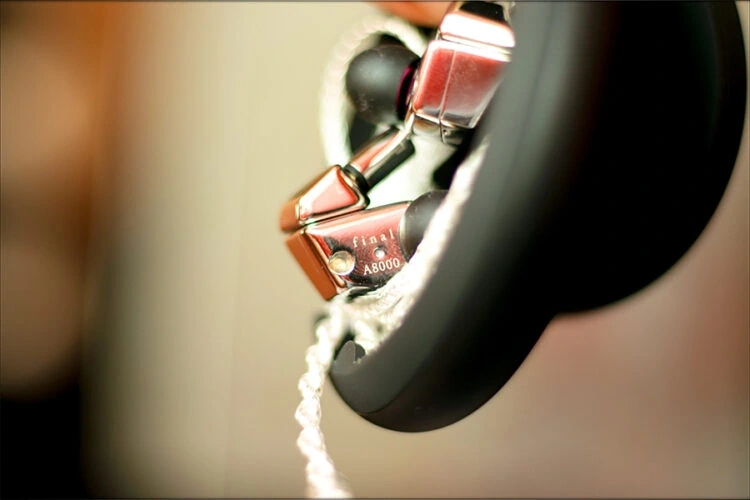
Final Audio A8000 vs CTM Clear Tune Monitors Da Vinci X (2000 USD vs 2400 USD) – This is the most pertinent comparison, because both CTM Da Vinci X and A8000 have the same sonic signature, which is quite analytical, edging on bright, and with a taste for detail. The package is slightly better for the CTM Da Vinci X, but the overall comfort is considerably better for A8000. Final Audio designed a smaller body, with a better fit, but also designed ventilation for their IEM, since CTM has a BA-Only design and didn’t need any vents. They are both somewhat hard to drive, and somewhat sensitive to hiss, but A8000 is a bit less picky with the source, where Da Vinci X really needs the ultimate source you can give it to shine. The overall tuning is indeed similar, but the detail level is ever so slightly better on A8000. It is far more coherent too, with Da Vinxi X having tons and tons of details, but having slight differences in timing between them, and some textures are a bit soft, while some are a bit hard, where A8000 is extremely coherent and fluid, it ain’t just detailed, it is perfectly natural too. Both edge on being a touch bright, and A8000 is a bit brighter than Da Vinci X, but this also comes with better extension in the uppermost octaves, where Da Vinci X tends to have a slightly better sub-bass. Each is a great option, but if I had both, each in one hand, I’d go with A8000, because it is more comfortable. Da Vinci X is indeed the masterpiece of CTM, but given its huge number of drivers, it ends up being larger and harder to recommend to someone unless you got yourself large ears and can accommodate it.
Final Audio A8000 vs FiiO FA9 (2000 USD vs 500 USD) – FA9 is warmer, thicker, more natural in the midrange. Going from FA9 to A8000, it is like a thick veil is taken off the entire sound. The overall midrange becomes far more clear, the treble shines and has much more air, and the bass has a quicker presentation with better extension. The price to be paid is some note weight and substance, A8000 has a thinner sound, and is a bit splashy, where FA9 is right in the center of natural for both textures and note weight. FA9 rolls off a bit at both ends if we do a direct comparison, and FA9 is somewhat easier to drive and less picky with sources. The comfort, ironically, is still a bit better on A8000, they really nailed down the ergonomics and fit with it. Paying four times as much for A8000 shows that there’s a bit of diminishing returns here, and if you want a fully natural sound, FA9 may be better, but if you want the ultimate resolution, ultimate detail, and ultimate music experience, A8000 will be your companion.
Final Audio A8000 vs Lime Ears Model X (2000 USD vs 800 USD) – Model X comes with a much worse cable from the factory. A8000 sits a bit better in my ears. If we tune Model X to be bright, A8000 has better weight and substance, more sub-bass extension, more bass, and a better overall bass. Tuned bright, Model X is extremely bright and edges on harsh and sibilant. If we tune Model X to warm, and engage its bass, it is much heavier, with more warmth across the bass and midrange, but A8000 ends up sounding far more detailed, with better resolution, clarity, precision, and even textures. All in all, it is a worthy upgrade, regardless of what you configure your Model X to, but that does come at a price – literally, as it is more than twice the price of Model X.
Final Audio A8000 vs Dita Fidelity (2000 USD vs 1300 USD) – Dita Fidelity is the only IEM on this list that’s absolutely analytical, and while it doesn’t lack bass, it does have a purely analytical sound. By comparison, A8000 sits a bit better in my ears, thanks to its more ergonomic design, but Fidelity is still great. Fidelity has a slightly better package. A8000 has a more detailed sound, with better clarity, resolution, more weight, and substance, more punch and more dynamics in the presentation. A8000 sounds more natural in the midrange, where Fidelity is a bit ethereal, a bit bright and needs some EQ to sound natural in the mids. A8000 is easier to recommend on an overall level, and is better in every way, while doing pretty much the same signature, but the price makes it Summit-Fi in every way, so take it as a kind warning, 2000 USD is quite a bit.
Final Audio A8000 vs Campfire Atlas (2000 USD vs 1300 USD) – The package is actually better for A8000. Atlas even uses the Final Tips, so we know Final Audio makes some solid tips. The fit is better for A8000, because Atlas has some driver flex, where A8000 has none. The overall sound is very different, with much better resolution and analytic abilities for A8000, but much better overall bass impact and a grand presentation for Atlas. Atlas is special in its own way, with a huge sound, wide soundstage, and with a ton of bass, depth, and impact. It also has a pretty sparkly treble, although for old music, it can be a bit hot. A8000 sounds more clear, cleaner, more resolute, but has less substance, and can be thin in comparison, with more focus on detail and dynamics, and less focus on impact and bass quantity. Atlas is easier to drive, but much more sensitive to hiss.
Pairing
The main pairings explored will be with with DX220MAX, FiiO M11PRO and FiiO BTR5, QLS QA361 and even Mytek Brooklyn DAC+. HIDIZS AP80PRO is also a good pair, and A8000.
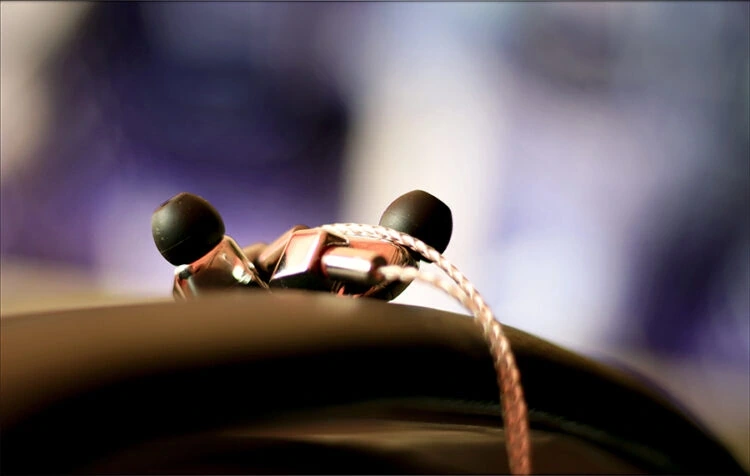
You could pair A8000 with most portables, but they won’t be loud enough if the source is weak, so I would exclude FiiO M6, and I would also recommend having something with a good clean background, since they are slightly sensitive to hiss, so no Hiby R6 for this one. I don’t really recommend most DAC/AMP solutions, since you can hear a faint sound in the background with A8000, unless that DAC/AMP does a really good job at cleaning background noise.
Final Audio A8000 + iBasso DX220MAX (2000 USD + 1880 USD) – DX220 MAX is able to bring out the detail, and also body in music quite nicely with A8000. Everything has an extreme resolution, but keeps a natural midrange, and an excellent soundstage. Overall, this is probably the best pairing I found with A8000, if you want to see their full potential when it comes to their detail, especially given the black background with noise-free presentation of DX220 MAX.
Final Audio A8000 + FiiO M11 PRO (2000 USD + 650 USD) – It was impressive to hear A8000 paired with a slightly bright source like M11PRO. The overall soundstage is wide, open, while the bass is quick and neutral. The midrange is colorful, vivid, detailed, while the treble is peppy and sparkly, lots of air and extension. This pairing can be a bit edgy in the treble, so I would recommend it mostly to those who want to hear the most treble presence A8000 can have.
Final Audio A8000 + FiiO BTR5 (2000 USD + 100 USD) – BTR5 is downright cheap compared to most of the other pairings I recommend in this review, and it does lack some detail and refinement, but if you need something light, easy to carry and pair, and something practical, BTR5 is all you’ll ever need. It has an excellent overall midrange, natural, and wide, with good instrument separation, and the pairing has good detail. While not as detailed as M11 PRO or DX220MAX, BTR5 is quite excellent for its price, and it is not as far as you’d imagine, most of the loss being in micro-detail and resolution rather than large detail parts. A8000 shows a larger difference between Bluetooth and Wired DAC usage than I expected.
Final Audio A8000 + Mytek Brooklyn DAC+ (2000 USD + 2000 USD) – Mytek made legends with their DAC+, and nowadays are working on headphone amplifiers, as this was one of the ways people mainly used their Brooklyn. No jokes there, DAC+ with its two headphone outputs that could be combined to make one balanced output was impressive, and with A8000, it presents a beautiful, natural, smooth midrange. The soundstage is huge, the detail is top level, and the pairing is just natural and pleasing to listen. The main downside is that if used on USB, you can hear some background noise from the pairing, and even when used on optical, hissing and some background noise is audible, the DAC+ is not dead silent with A8000 (this applies to other IEMs too).
Final Audio A8000 + QLS QA361 (2000 USD + 700 USD) – If you want a soft presentation, but a detailed one, this is it! QLS QA361 is soft, pleasing, and gives a nice soundstage to A8000 as well. It has less body, but more dynamic, A8000 seems to be as resolute as ever, but in a softer, more mellow way, with QA361. While this pairing won’t appeal to someone who wants to give A8000 more bass, it will be perfect for those who want it sounding a bit softer, smoother, but still detailed and clear.
Value and Conclusion
Final A8000 is a really expensive IEM, with the price being so high that it is hard to recommend it to beginners. If you’re someone who heard it all, and want to challenge your stereo system costing over 50.000 USD, then by all means, Final A8000 will most probably beat it. This kind of resolution is better than what I could hear when trying the most expensive speaker systems I could find in Romania, so there’s a high change that Final A8000 will surprise you, even if you already have quite a bit of experience. The value doesn’t get any better, and this is a flagship purchase, made to get the best available, the value being in their quality.
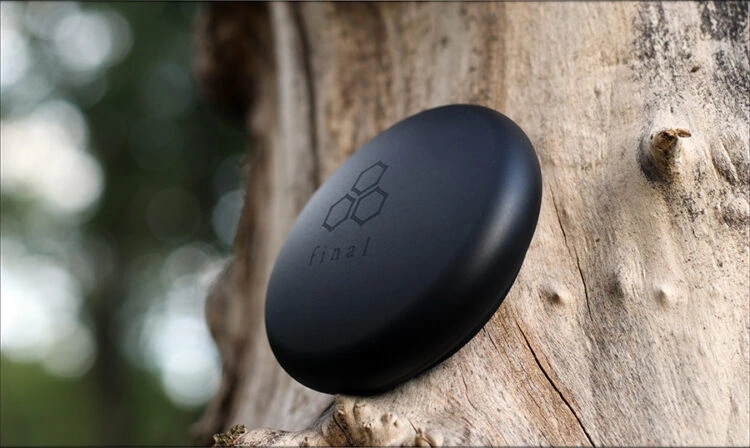
The package is traditional for Final Audio, and A8000 comes with tips, a metallic / rubber carrying case, an MMCX remover tool. Ear guides are included too, but there is no balanced cable and no extra cables. This being said, it does feel like a premium IEM, and if you’re the kind who likes to upgrade your cables, you probably eyed a specific one already. If you’re like my and take it on the go, you may even meet some crazy wonders of nature using the A8000.

The budget for A8000 was all invested in its sound, its performance, the overall design, and how it was made. It has a stainless steel design, but also comes with one of the best MMCX connectors in the market. Multiple sonic chambers ensure that you get the best experience of their very coherent Be Single Dynamic Driver. The comfort is excellent, with no driver flex and no microphonics, and they look stunning in person.
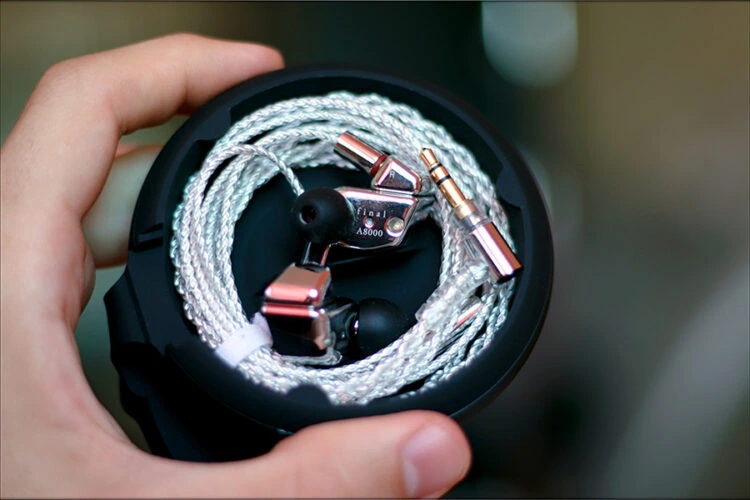
The sound is detailed, with a slightly analytical side, and they make probably the most detailed IEM I heard to date, and which are available in the entire world. If you want both coherency and detail, they are it, the most detailed IEM that’s coherent too.
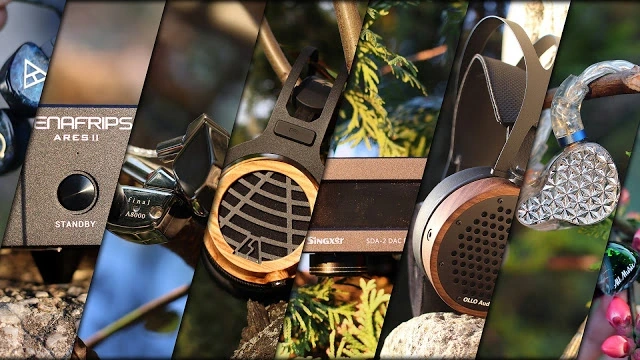
Before the end of today’s review, I want to add A8000 to Audiophile-Heaven’s Hall Of Fame for being one of the most detailed IEMs in the entire world, for having excellent design, excellent ergonomics, and having a crazy resolution.
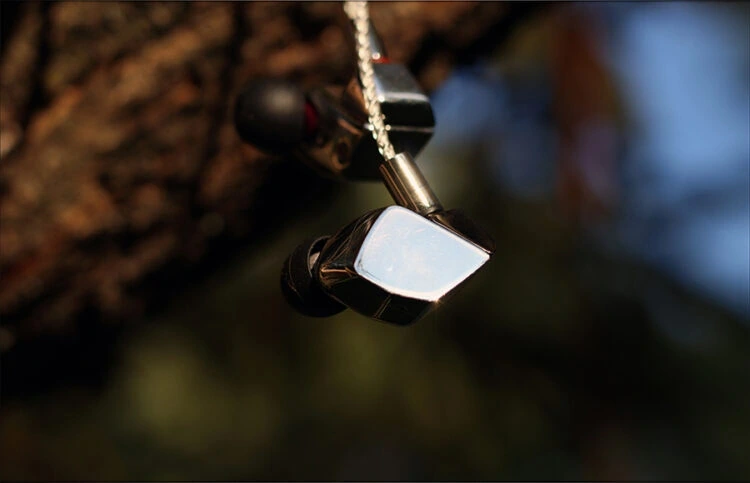
At the end of today’s review, if you’re looking for one of the most detailed IEMs out there, with one of the best resolutions, if you want that ultimate micro-detail, but with a smooth texture with no grain, if you want excellent ergonomics, and great support from the company, Final A8000 should be at the top of your list.
Product Link
You can always get your Final A8000 IEMs from www.amazon.com here: https://www.amazon.com/s/ref=as_li_ss_tl?k=Final+Audio+Design
--- Please remember to stay safe, and always have fun while listening to music!---
- If you have a dime to spare, please donate, and help us! It would make the day brighter for me and my wife-
Full Playlist used for this review
We listened to more songs than those named in this playlist, but those are excellent for identifying a sonic signature. I recommend trying most of the songs from this playlist, especially if you’re searching for new music! The playlists are different for Spotify, Tidal and Youtube, and based on the songs I enjoy and are available on each!
https://www.youtube.com/playlist?list=PL_cjBXGmwSHSdGcwuc_bKbBDGHL4QvYBu
https://open.spotify.com/playlist/5J3oloz8Riy9LxEGenOjQ0?si=979ba4f082414be7
https://tidal.com/browse/playlist/330fd544-8e5b-4839-bd35-676b2edbb3d5
--- Contact Us ---






[…] I was not quite as enthusiastic about the overall performance of UX2000 as I was when I reviewed Final Audio A8000, the value of UX2000 is strong, it is a good headphone, with a good ANC performance, and it sounds […]
[…] Driver, and six Balanced Armature drivers. It is priced at 900 USD, and it will get compared to Final Audio A8000, Meze RAI Penta, Light Harmonic Mera Signature, and Dunu DK-4001. The main pairings will be with […]